 Spring brings longer days, warmer weather, and the return of many favorite sports. But for athletes emerging from winter downtime, rushing back into high-intensity training can quickly lead to injury.
Spring brings longer days, warmer weather, and the return of many favorite sports. But for athletes emerging from winter downtime, rushing back into high-intensity training can quickly lead to injury.
This guide combines trusted orthopedic insights with practical advice for athletes of all levels. We’ll walk you through the most common spring sports injuries and share advice on how to prevent them.
Common Spring Sports Injuries
Resuming spring training after a less active winter can shock the system. Without proper conditioning, the chances of sprains, strains, and overuse injuries rise considerably.
Here are a few of the most common injuries we encounter each spring—and why they occur:
- Ankle Sprains: Quick lateral (side-to-side) movements in sports like soccer and lacrosse put pressure on ankle ligaments—especially when footwear doesn’t provide enough support.
- Hamstring & Groin Strains: Rapid acceleration or abrupt directional changes can easily strain under-conditioned muscles.
- Knee Injuries (MCL, ACL, Patellar Tendon): Pivot-heavy sports like basketball, tennis, and lacrosse can overload the structures that stabilize your knees.
- Elbow Injuries: Sports like baseball and tennis can involve repetitive arm motions that irritate the elbow joint, leading to conditions like tennis elbow or inflammation in the tendons.
- Shin Splints & Stress Fractures: A sudden increase in running distance or intensity may lead to inflammation or minor fractures.
- Shoulder Overuse: Repetitive overhead motions, like throwing a baseball or serving a tennis ball, often trigger rotator cuff issues when strength or mobility is lacking.
While the exact causes of sports injuries may vary, the underlying theme is often the same—lack of proper preparation. With focused conditioning and mindful pacing, many of these injuries can be prevented.
6 Quick Tips to Prevent Sports Injuries
A little preparation can go a long way in preventing sports injuries. The key is consistency, smart habits, and knowing when to slow down.
Here are a few simple, but effective, ways to help you stay healthy throughout the season:
Ease Into Activity
Your muscles and joints need time to adjust. Start with shorter workouts or fewer repetitions, then slowly increase intensity and duration.
Warm Up and Cool Down Properly
Jumping into activity without preparing your body increases your risk of injury. Incorporate dynamic stretches (leg swings, arm circles) before practice, and follow with gentle static stretches after workouts to support recovery.
Strengthen Key Muscle Groups
Add targeted exercises—like squats, lunges, core work, and light resistance training—to your weekly routine. Even 15 minutes a day can make a difference.
Focus on Footwear and Gear
Protective Equipment: Sport-specific gear—like knee braces, padded sleeves, or mouthguards—plays a significant role in injury prevention. Make sure your equipment is appropriate for your sport and in good condition.
Footwear: Supportive shoes that match your sport and playing surface matter more than most people realize. Persistent foot pain might mean it’s time for orthotics or a professional fit.
Stay Hydrated and Nourished
Dehydration and poor nutrition can lead to fatigue, slower reaction times, and cramping. Fuel your body to protect your performance.
Build in rest days
Muscle and tissue need time to rebuild between workouts. Schedule rest days and always listen to your body.
When to Seek Expert Advice
Even the best prevention plan can’t guarantee a 100% injury-free season. When pain, swelling, or instability does occur, early and appropriate treatment can reduce long-term damage and speed up your recovery.
Warning Signs You Shouldn’t Ignore
- Ongoing pain with activity
- Swelling that persists beyond a few days
- Joint instability or limited motion
- Pain that interferes with sleep or daily life
Mild soreness is normal. Lingering or sharp pain is your cue to see a specialist.
Returning to Sports Safely After an Injury
Returning to the game too quickly can undo progress—and sometimes make an injury worse. The transition from rest and rehab to full return to play involves more than just physical healing. Here’s how to approach it wisely:
Progress Gradually
After an injury, your muscles and connective tissues need time to rebuild strength and flexibility. Overloading them too soon increases the risk of another setback.
Start with light exercises that mimic your sport’s movements. Gradually increase intensity only when you’re pain-free and can complete each step without discomfort.
Listen to Your Body—and Your Mind
Physical readiness doesn’t always mean you feel confident or mentally prepared to push your limits. Doubt or hesitation can alter your technique and increase the odds of a new injury.
If you feel uncertain or notice subtle discomfort, speak with your coach or trainer about adjusting drills. A gradual psychological return can be as crucial as a physical one.
Continue Rehab or Maintenance Routines
Strength and stability gained through physical therapy can diminish if you stop your exercises as soon as you feel better.
Incorporate therapy-based activities—like resistance band exercises or targeted stretches—into your regular training, even after you’ve officially “recovered.”
Pace Practice and Competition
Pushing yourself too hard can lead to reinjury. Varying workout intensity helps your body adapt without overstressing healing tissues.
Alternate high-intensity sessions (e.g., sprint drills) with lower-impact workouts (such as light jogs or yoga). This approach aids recovery and improves overall endurance.
Prioritize Rest and Recovery
Rest gives your body a chance to repair micro-tears in muscles, replenish energy stores, and solidify workout gains.
Create a weekly schedule that includes at least one rest day or a low-impact cross-training day. Remember, “no pain, no gain” can sometimes do more harm than good—especially after an injury.
Don’t Ignore Lingering Symptoms
Even minor twinges or stiffness can signal that your body’s not fully on board with your level of intensity. Monitor any soreness that lasts more than a day or worsens over time, and consider a follow-up evaluation if needed. A cautious approach now can prevent more serious, season-ending issues later.
Schedule Your Sports Injury Evaluation
When pain starts affecting how you move—or how you feel—it’s time to take a closer look.
Strains, sprains, and overuse injuries are common, but that doesn’t mean you should push through them. Our sports medicine specialists are here to help you properly diagnose and treat your injury, ensuring a safe and effective recovery process.
Don’t wait for a minor ache to become a major setback.
🔗 Schedule an evaluation today to assess your condition and discuss a personalized treatment plan.


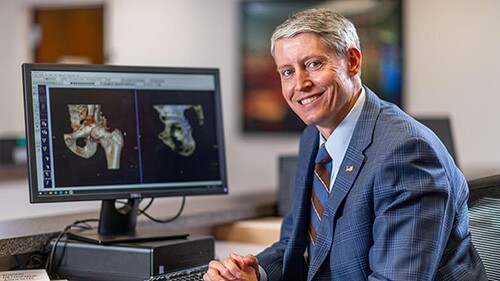




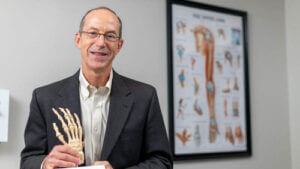
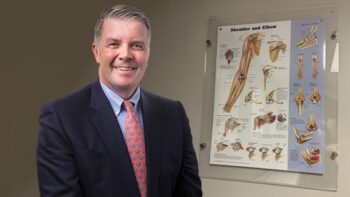

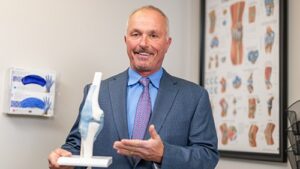







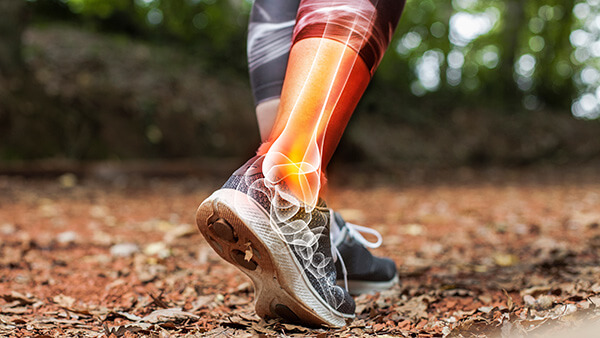 Reviewed by
Reviewed by
 Celebrate National Advanced Practice Provider (APP) Week With Us!
Celebrate National Advanced Practice Provider (APP) Week With Us!
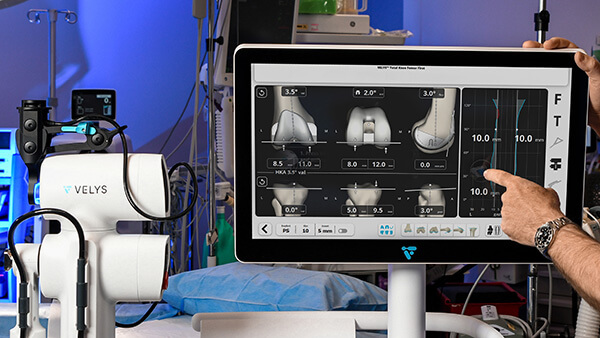 Knee arthritis can cause significant pain and disability which negatively impacts a person’s quality of life. If non-surgical treatment does not alleviate these symptoms, a knee replacement may be indicated.
Knee arthritis can cause significant pain and disability which negatively impacts a person’s quality of life. If non-surgical treatment does not alleviate these symptoms, a knee replacement may be indicated.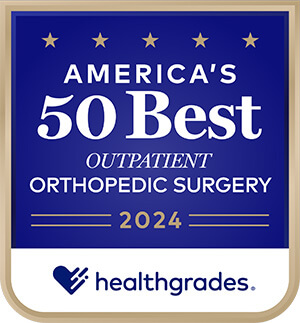 Latest Healthgrades Rating Follows Hospital’s Rankings as #1 in Maryland for Orthopedic Surgery and Spine Surgery and Top 5 in the State for Cardiology and Critical Care
Latest Healthgrades Rating Follows Hospital’s Rankings as #1 in Maryland for Orthopedic Surgery and Spine Surgery and Top 5 in the State for Cardiology and Critical Care Understanding Winter’s Influence on Pain and Injury
Understanding Winter’s Influence on Pain and Injury
